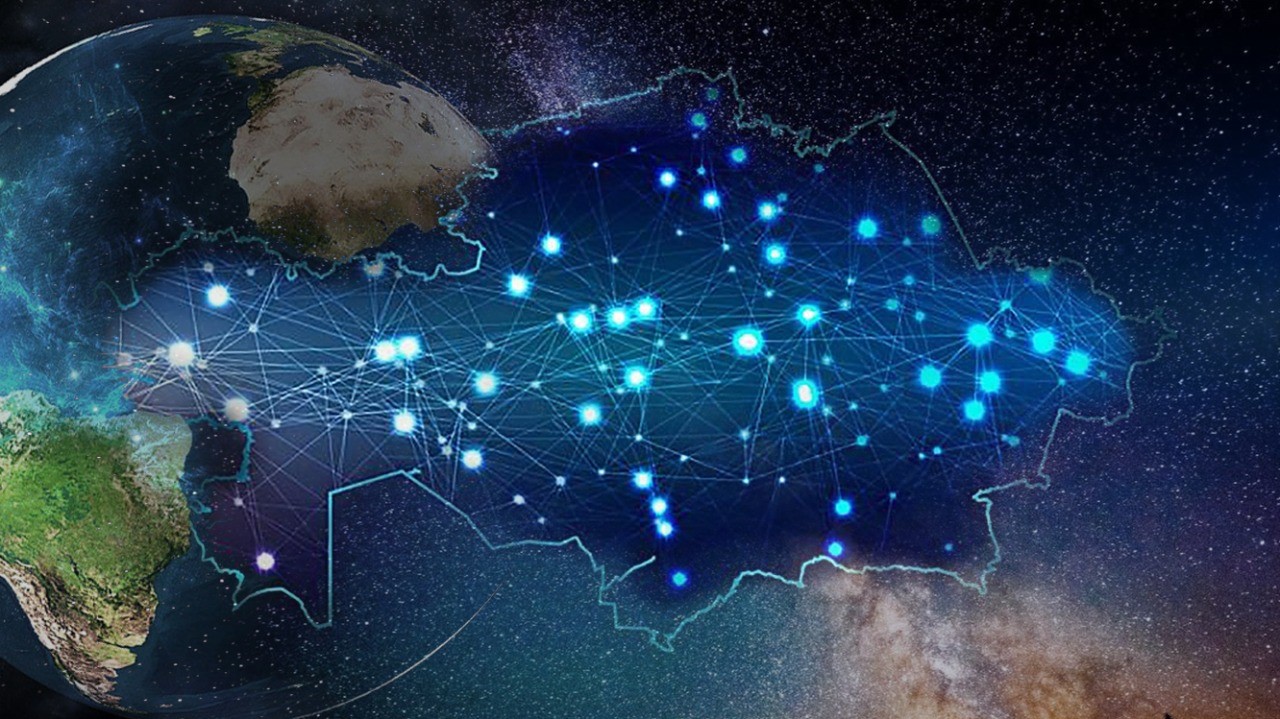About Kazakhstan
- General information
- State symbols of the RK
- Government branches
- Administrative and territorial structure
- Geographical features
- Economy of Kazakhstan
- Interethnic and interreligious accord
- Politics of Kazakhstan
- Science in Kazakhstan
- Transport system of Kazakhstan
- Customs restrictions in Kazakhstan
- The population of Kazakhstan
- Currency of Kazakhstan
- Network and communications in Kazakhstan
General information
- Official name: Republic of Kazakhstan
- Capital city of the Republic of Kazakhstan: Astana
- President: Kassym-Jomart Kemeluly Tokayev
- Region: Central Asia
- Territory: 2 724 900 km²
- Population: 20 million population
- Independence day: December 16, 1991 (independence from the USSR)
- Administrative division: Unitarian state consists of 20 administrative territorial units: 17 regions and 3 cities of republican significance
- A government system: Presidential Republic
- Head of state: President elected for a 7 years period
- Supreme statute body: A two-chamber parliament (Senateand Мazhilis)
- Supreme executive organ: Government of the Republic of Kazakhstan
- National currency: Kazakhstani tenge (KZT)
- ISO code: KAZ
- Web domain: .KZ
The Republic of Kazakhstan is a unitary state with a presidential government system. Under the Constitution, the state is a democratic, secular, legal and social state; it recognizes a human, his life, rights and freedoms as supreme values of the state.
Kazakhstan had become independent on December 16, 1991. Astana is a capital city of the country. A state language is Kazakh; and Russian language is of status of interethnic communication language.
State symbols of the RK
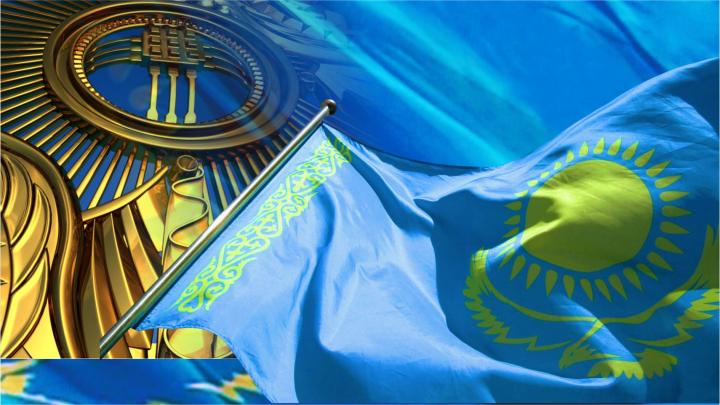
The state symbols are state flag, state emblem and state anthem of the Republic of Kazakhstan.
About State Symbols of the RK.
Government branches
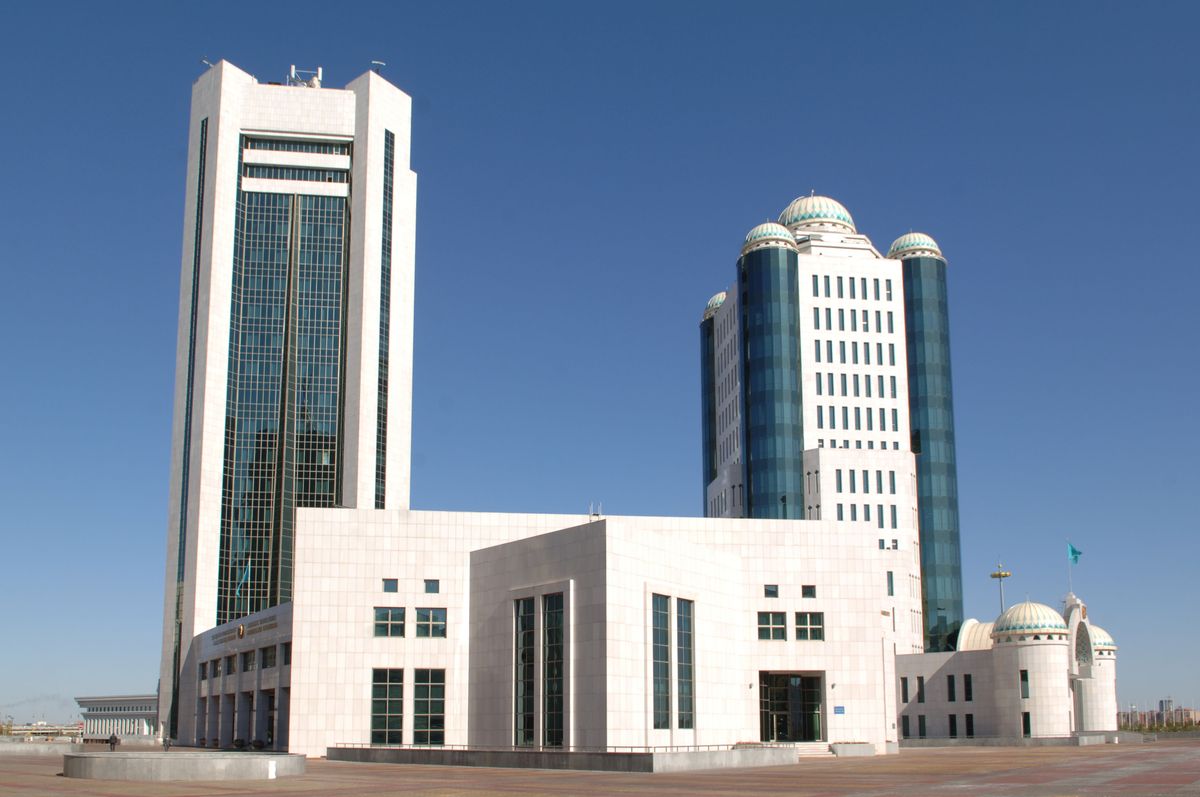
The President of the Republic of Kazakhstan is head of state, its highest official, who has determined main domestic and foreign policy directions of the state and represented Kazakhstan in the country and outside the country. The President is a symbol and guarantor of the nation’s unity and state power, inviolability of Constitution, human and civil rights and freedoms.
The government exercises executive power, heads the system of executive bodies and governs their activities.
Lawmaking functions are exercised by the Parliament, consisting of two Chambers (Senate and Мazhilis) acting on a permanent basis.
The Senate comprises deputies representing in the manner established by Constitutional law by two persons from each region, city of republican significance and capital city. The President appoints ten deputies of the Senate, including the five deputies appointed upon the recommendation of the Assembly of People of Kazakhstan.
The Мazhilis consists of ninety-eight deputies elected in the manner established by constitutional law under a mixed electoral system: under a proportional representation system on the territory of a single national electoral district, as well as under single-mandate territorial electoral districts.
Административно-территориальная структура
Географические особенности
Часовой пояс
Климат
Экономика Казахстана
Сельское хозяйство
Промышленность и торговля
Межэтническое и межрелигиозное согласие
Политика Казахстана
Международное сотрудничество
Устойчивое развитие и будущее
Наука в Казахстане
Транспортная система Казахстана
Таможенные ограничения в Казахстане
Население Казахстана
Перепись населения в Казахстане
Религия в Казахстане
Валюта Казахстана
Сеть и коммуникации в Казахстане
Развитие цифровых технологий
Useful Phone Numbers in Kazakhstan
📞 Emergency services:
🚔 Police – 102
🔥 Firefighting service – 101
🚑 Emergency medical care – 103
🆘 Unified emergency dispatch service – 112
💨 Gas emergency service – 104
💙 Psychological assistance service – 150
Be careful and save these numbers in case of emergency!
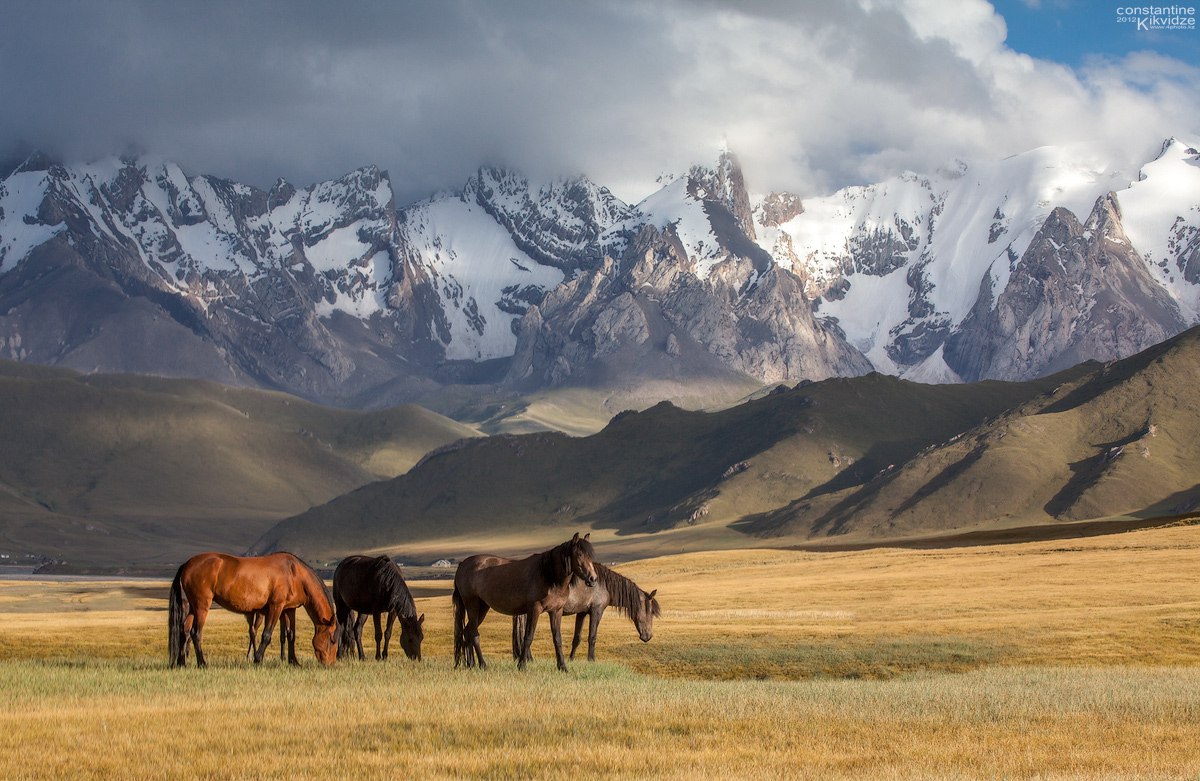
 Kazakhstan has a sharply continental climate with cold winters and hot summers. Due to its vast territory, the weather in different regions can vary significantly. So, when spring is already coming to the south of the country, snowfalls and blizzards may continue in the north.
Kazakhstan has a sharply continental climate with cold winters and hot summers. Due to its vast territory, the weather in different regions can vary significantly. So, when spring is already coming to the south of the country, snowfalls and blizzards may continue in the north.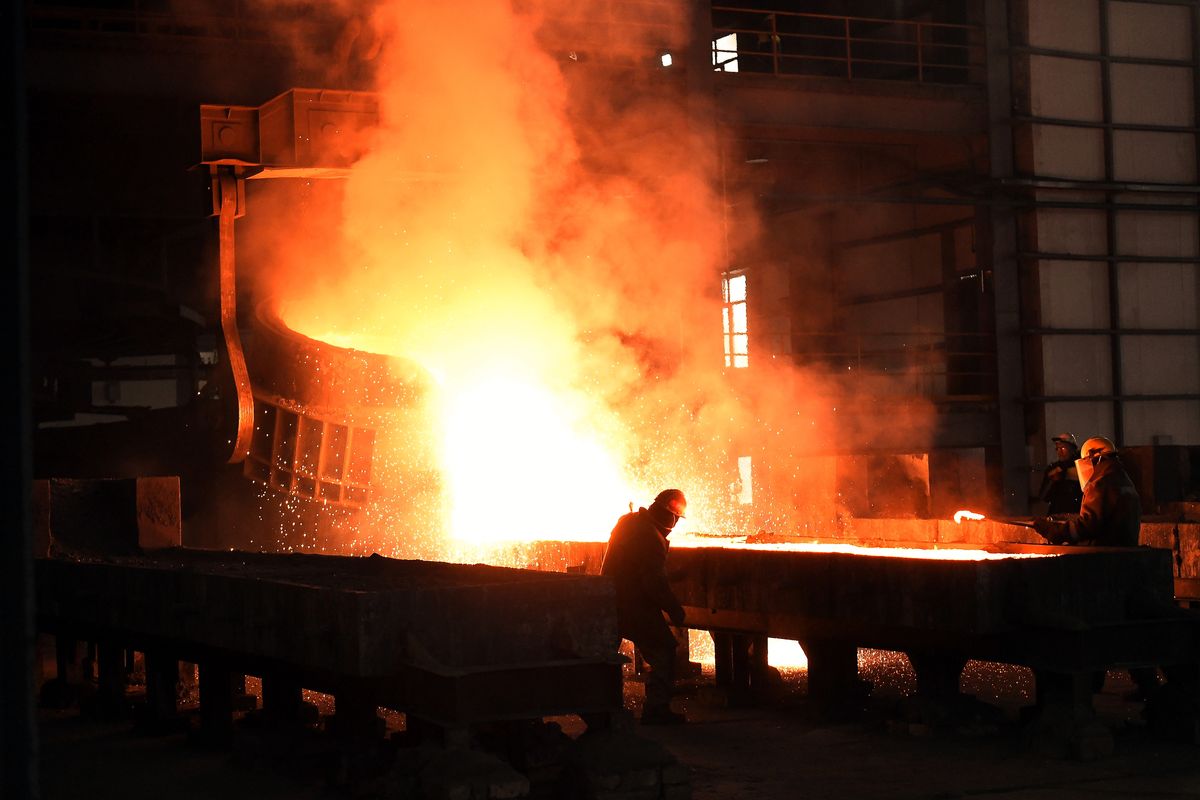 Kazakhstan's main wealth is its mineral resources. According to the experts, the depths of the Kazakh land contain almost all the elements of the Mendeleyev’s periodic table. This makes the country one of the world's leading countries in terms of reserves of oil, gas, coal, uranium, metals and rare earth elements.
Kazakhstan's main wealth is its mineral resources. According to the experts, the depths of the Kazakh land contain almost all the elements of the Mendeleyev’s periodic table. This makes the country one of the world's leading countries in terms of reserves of oil, gas, coal, uranium, metals and rare earth elements.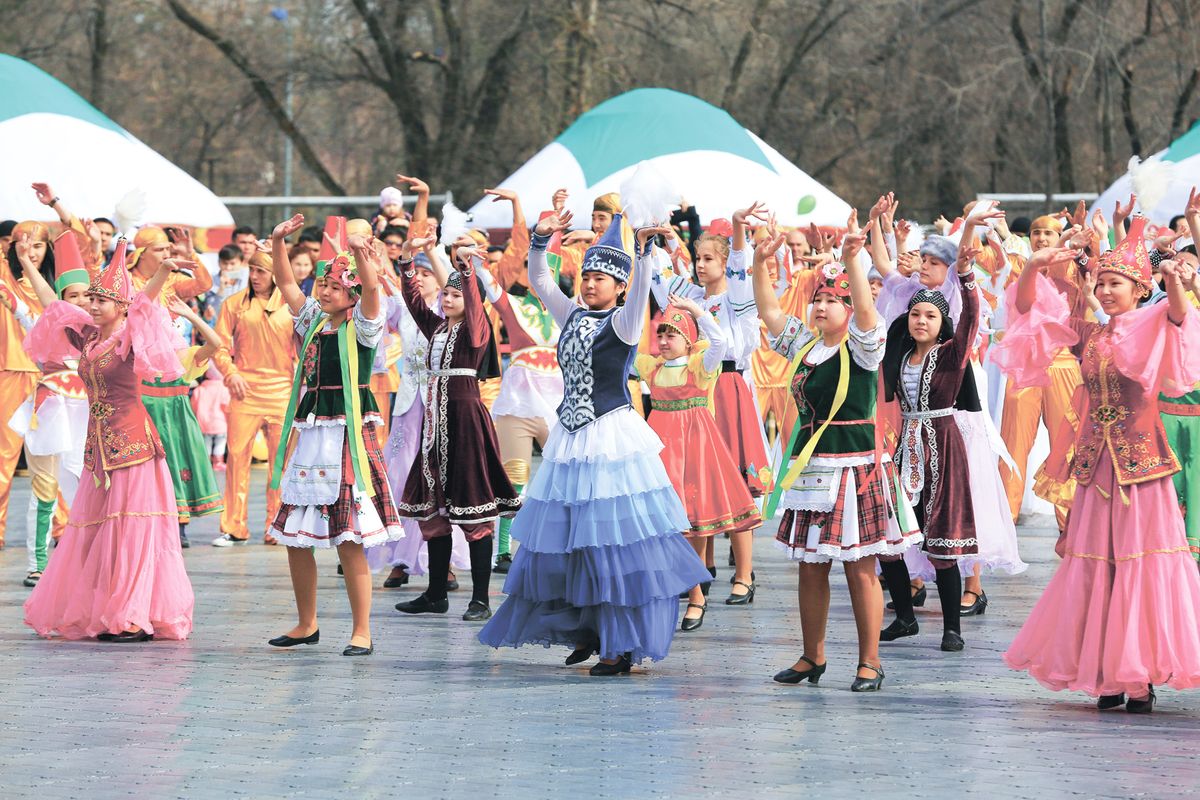 Representatives of 130 ethnic groups live in Kazakhstan, and the Assembly of the People of Kazakhstan was founded to harmonize interethnic relations. Congresses of leaders of world and traditional religions that strengthen the dialogue between the cultures are regularly convened in Astana.
Representatives of 130 ethnic groups live in Kazakhstan, and the Assembly of the People of Kazakhstan was founded to harmonize interethnic relations. Congresses of leaders of world and traditional religions that strengthen the dialogue between the cultures are regularly convened in Astana.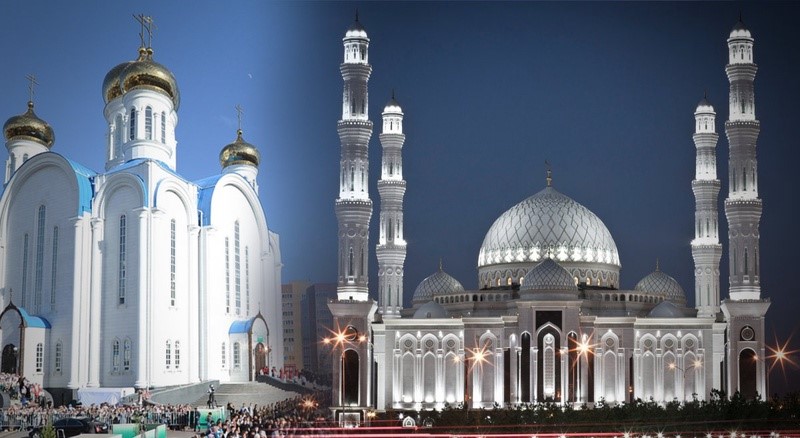
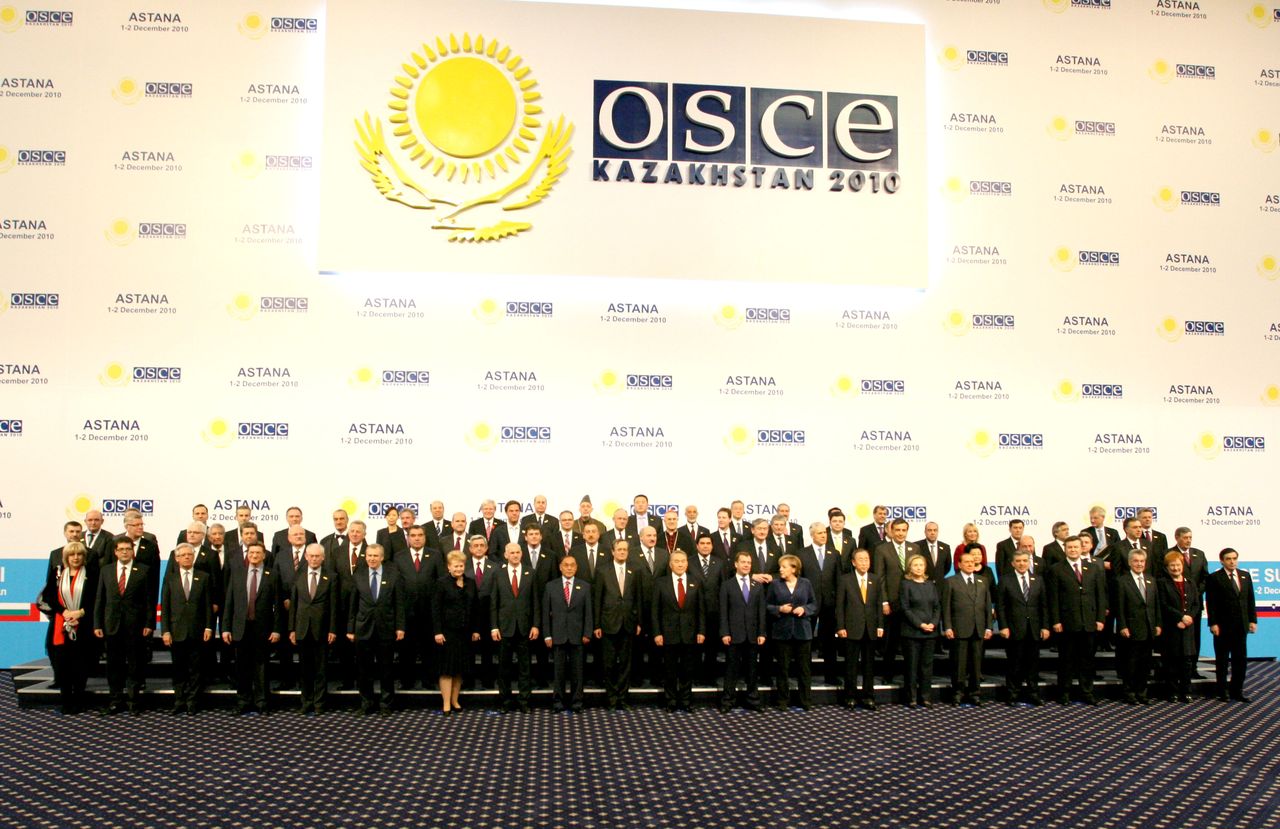

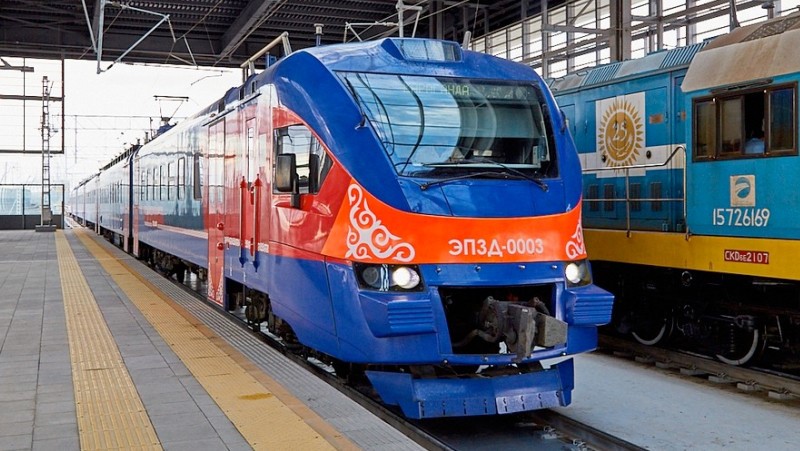 Kazakhstan has actively developed its transport infrastructure, given its geographical extent and strategic location between Europe and Asia.
Kazakhstan has actively developed its transport infrastructure, given its geographical extent and strategic location between Europe and Asia.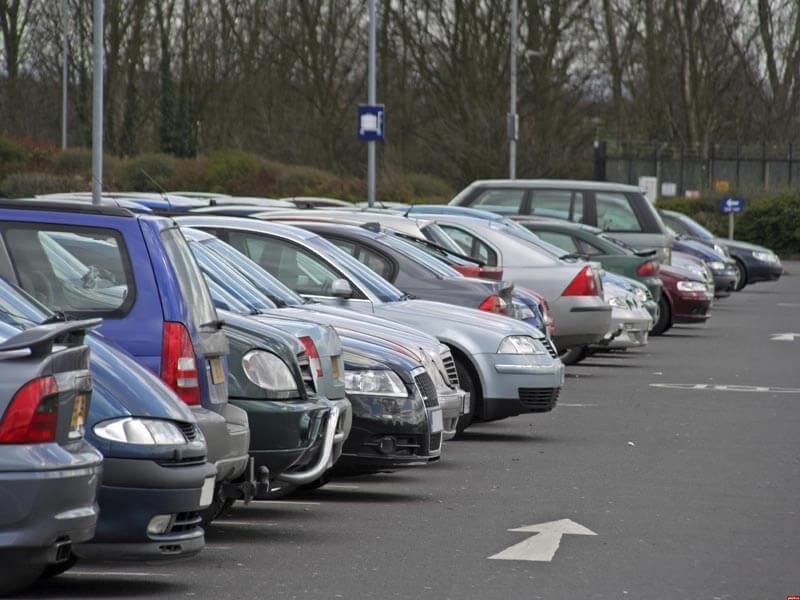
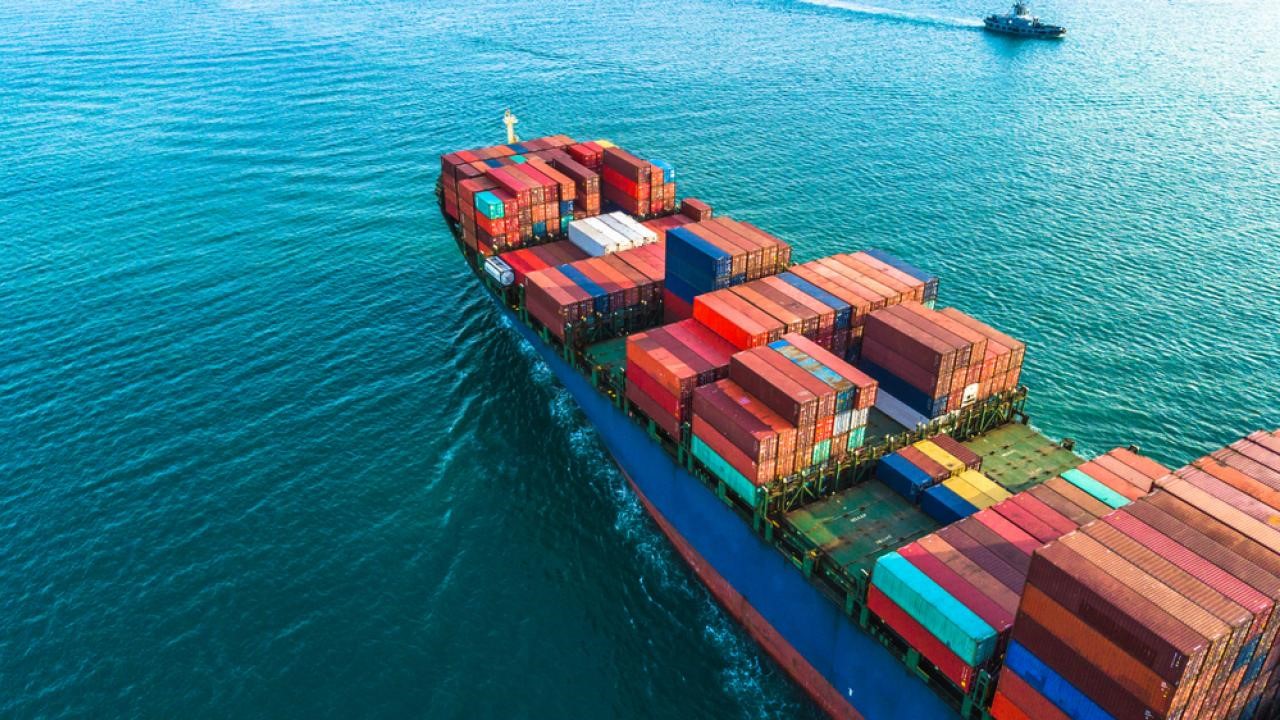 Water transport plays an important role in the transport system of Kazakhstan, providing international freight transportation across the Caspian Sea, as well as inland navigation on rivers and reservoirs.
Water transport plays an important role in the transport system of Kazakhstan, providing international freight transportation across the Caspian Sea, as well as inland navigation on rivers and reservoirs. Kazakhstan is a member of the Eurasian Economic Union (EEU), therefore, uniform goods transportation customs rules apply on its territory, similar to other countries of the Customs Union.
Kazakhstan is a member of the Eurasian Economic Union (EEU), therefore, uniform goods transportation customs rules apply on its territory, similar to other countries of the Customs Union.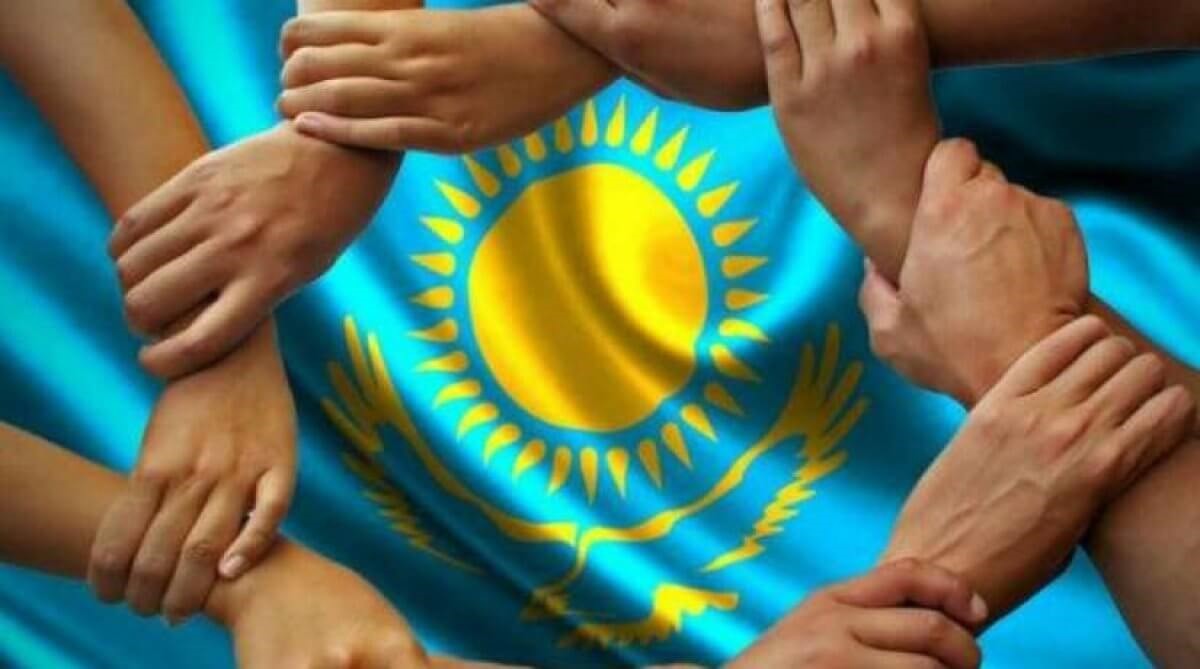
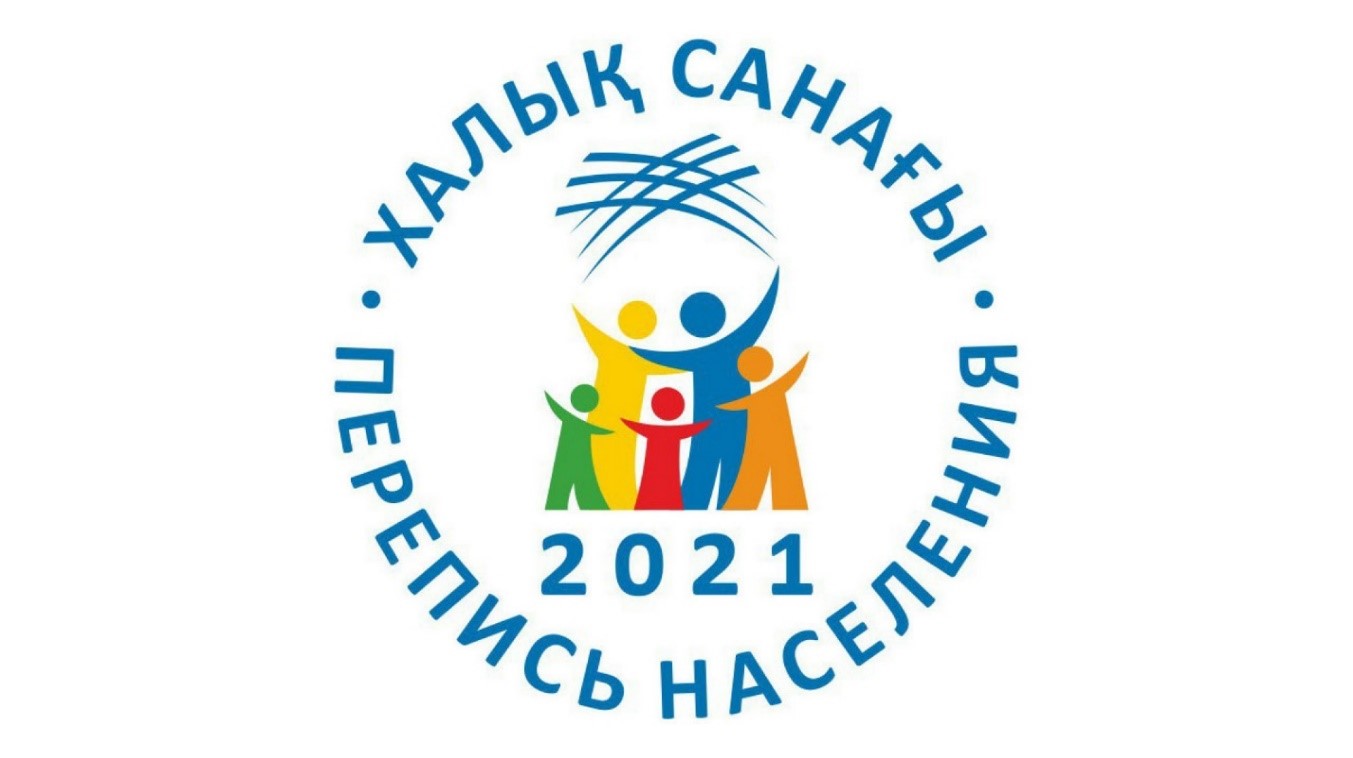 The population census in Kazakhstan is conducted in accordance with international standards, synchronizing with the world census rounds.
The population census in Kazakhstan is conducted in accordance with international standards, synchronizing with the world census rounds.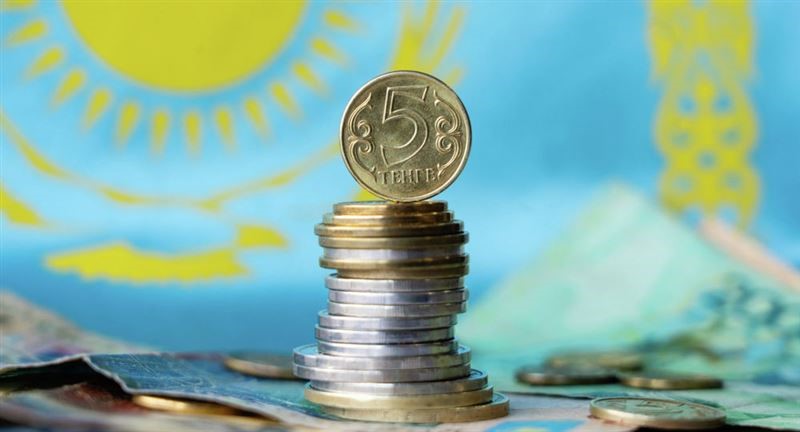 The national currency of Kazakhstan is Kazakhstani tenge (₸) , which had been introduced into circulation on November 15, 1993. In honor of this event, the day November 15 was declared the National Currency Day, as well as a professional holiday for employees of the country's financial system.
The national currency of Kazakhstan is Kazakhstani tenge (₸) , which had been introduced into circulation on November 15, 1993. In honor of this event, the day November 15 was declared the National Currency Day, as well as a professional holiday for employees of the country's financial system.